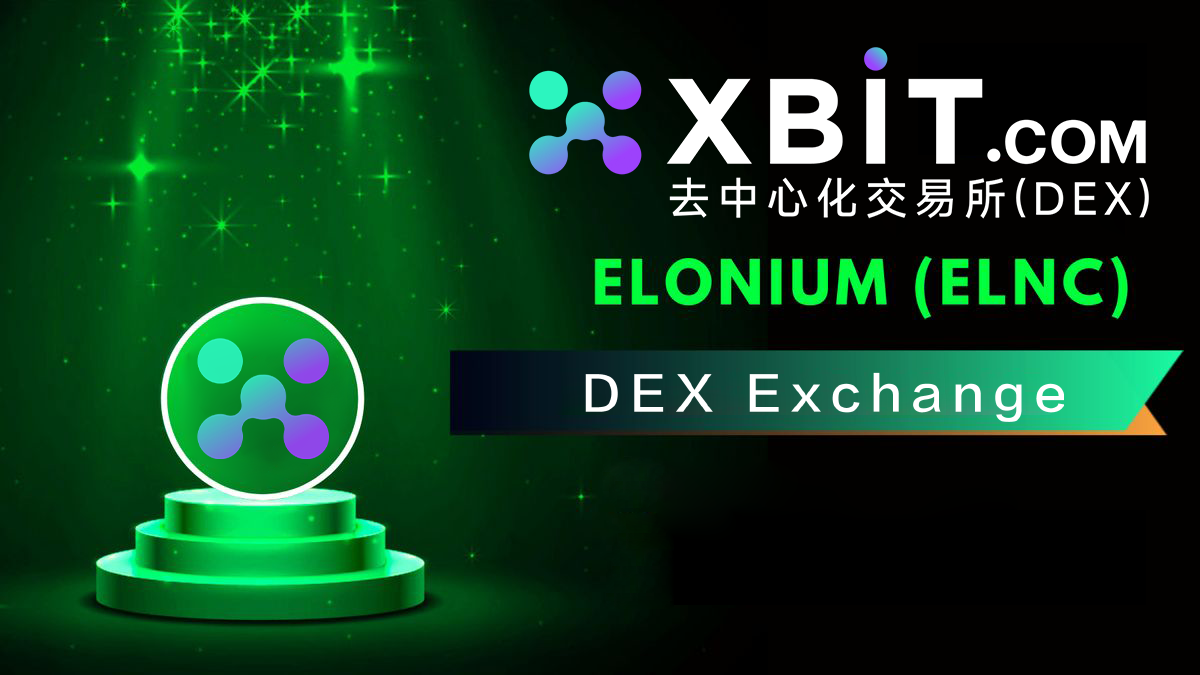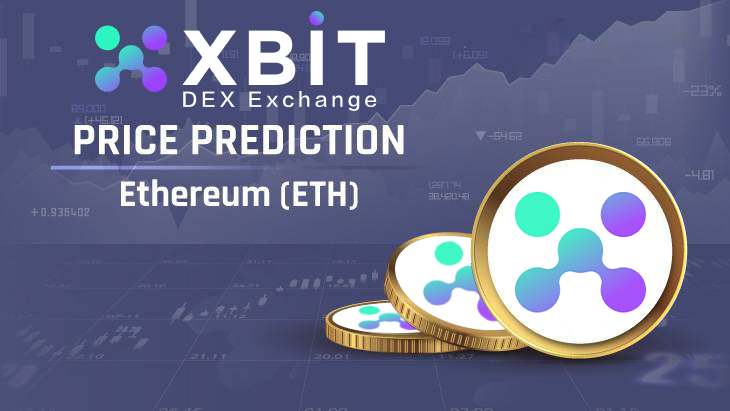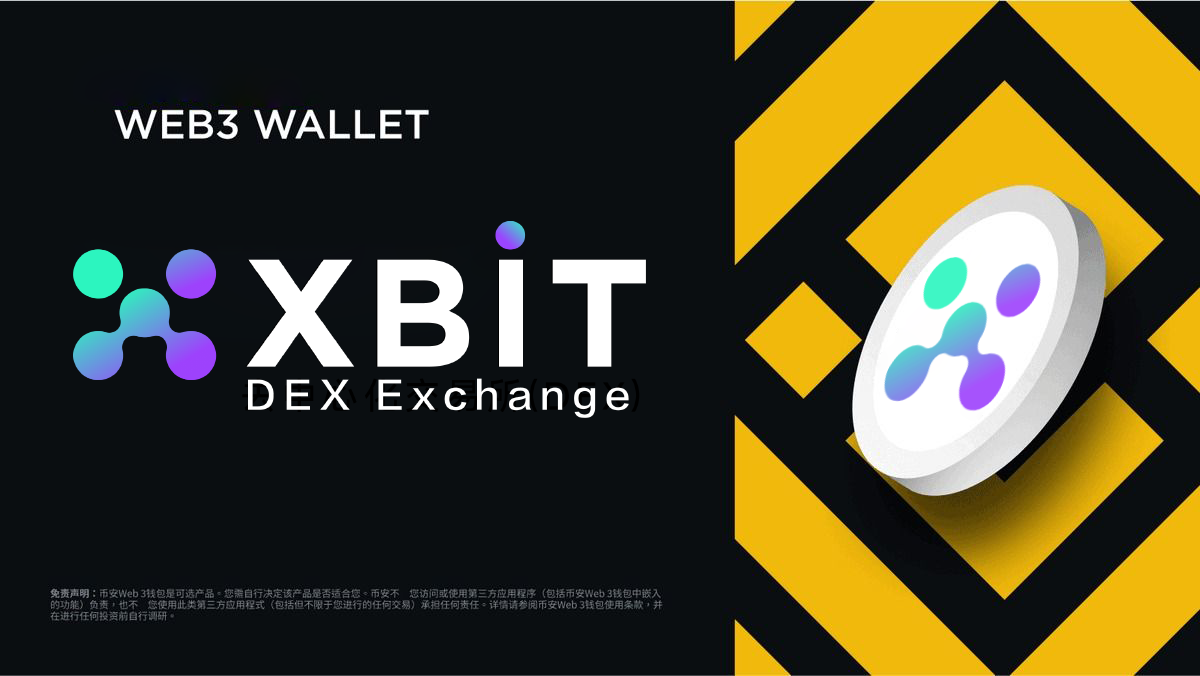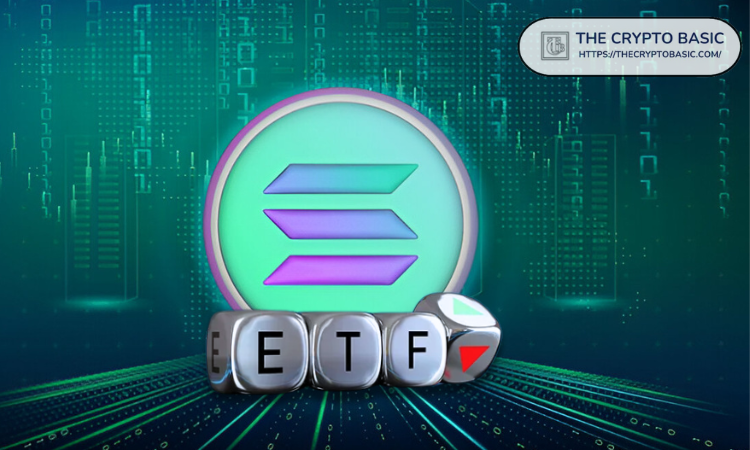On April 16, 2025, Canada officially launched the world's first spot Solana (SOL) ETF that supports staking functions, marking another milestone in the integration of traditional finance and crypto assets. The Ontario Securities Commission (OSC) approved the Solana ETF launched by asset management institutions such as Purpose, Evolve, CI and 3iQ. It not only directly holds SOL tokens, but also provides staking services through Toronto-Dominion Bank (TD), becoming the first innovative product that combines spot and staking income. This progress quickly sparked heated discussions in the market, and as a pioneer in the field of decentralized trading, XBIT decentralized exchange provides investors with another safe way to participate in the crypto ecosystem with its non-custodial and highly transparent characteristics.

The breakthrough significance of Solana ETF
The approved Solana ETF is listed on the Toronto Stock Exchange (code QSOL), allowing investors to indirectly hold SOL through traditional financial instruments and obtain additional income through staking. Some analysts pointed out that Canada's open attitude is in sharp contrast to the United States' caution - the SEC has not approved any altcoin spot ETF and prohibits the staking function. Although there is still uncertainty in the US market, Solana has performed well recently: stimulated by the ETF news, the price of SOL rebounded by nearly 20% in a week, and the trading volume rose significantly.
It is worth noting that XBIT decentralized exchange users have long participated in the SOL ecosystem directly through the autonomous staking function without relying on third-party custody. This decentralized model not only avoids the management fees of traditional ETFs, but also ensures that the control of assets is always in the hands of users. XBIT's smart contract audit mechanism and on-chain transparency further reduce the risk of misappropriation of funds common in centralized platforms.

Ethereum simplified roadmap released, XBIT decentralized trading platform simultaneously optimizes privacy functions
On the same day, joshrudolf.eth, a member of the Ethereum Foundation, announced a simplified technical roadmap, focusing on expanding data shards (blobs), optimizing L1 performance and improving user experience, with particular attention to Layer 2 interoperability and application layer development. Core developer Tomasz K. Stańczak emphasized that Ethereum will focus on real-world asset (RWA) integration, stablecoin market expansion and security upgrades in the future to support a trillion-level economy.
Against this background, the XBIT decentralized trading platform has strengthened the privacy protection of user transactions by integrating zero-knowledge proof (ZKP) technology, which coincides with Ethereum's "minimalist L1 privacy roadmap". XBIT's anonymous trading module allows users to complete asset exchange without exposing their wallet addresses. This function is gradually becoming an industry benchmark for decentralized exchanges.

Investment strategies under market volatility: How do ETFs and decentralized platforms complement each other?
Although Solana ETF has lowered the entry threshold for traditional investors, its performance is still affected by the macro environment. On April 16, affected by the escalation of the Sino-US tariff war, the price of SOL fell 4.55% to $125.28, highlighting the market's fragility. In contrast, XBIT decentralized exchange users can capture the price difference of different markets in real time through cross-chain aggregators and respond flexibly to fluctuations. For example, XBIT supports instant exchange of SOL with mainstream assets such as Bitcoin and Ethereum, without KYC audit, providing efficient tools for high-frequency traders.
The upgrade pressure of Ethereum forms a subtle competition with the expansion of Solana ecosystem. Analysts pointed out that if the Ethereum Pectra upgrade fails to improve scalability as expected, some DeFi liquidity may turn to Solana, and decentralized platforms such as XBIT will become the core hub for capital flow.
The launch of the Canadian Solana ETF and the streamlining of Ethereum's technical route jointly depict the picture of crypto assets moving from the edge to the mainstream. Whether it is indirectly held through compliant ETFs or directly controlling assets with the help of XBIT decentralized exchanges, investors are ushering in unprecedented choice space. However, the complexity of regulatory games and technological iterations cannot be ignored-only by balancing innovation and risk can we move forward steadily in this transformation.
















No comments yet